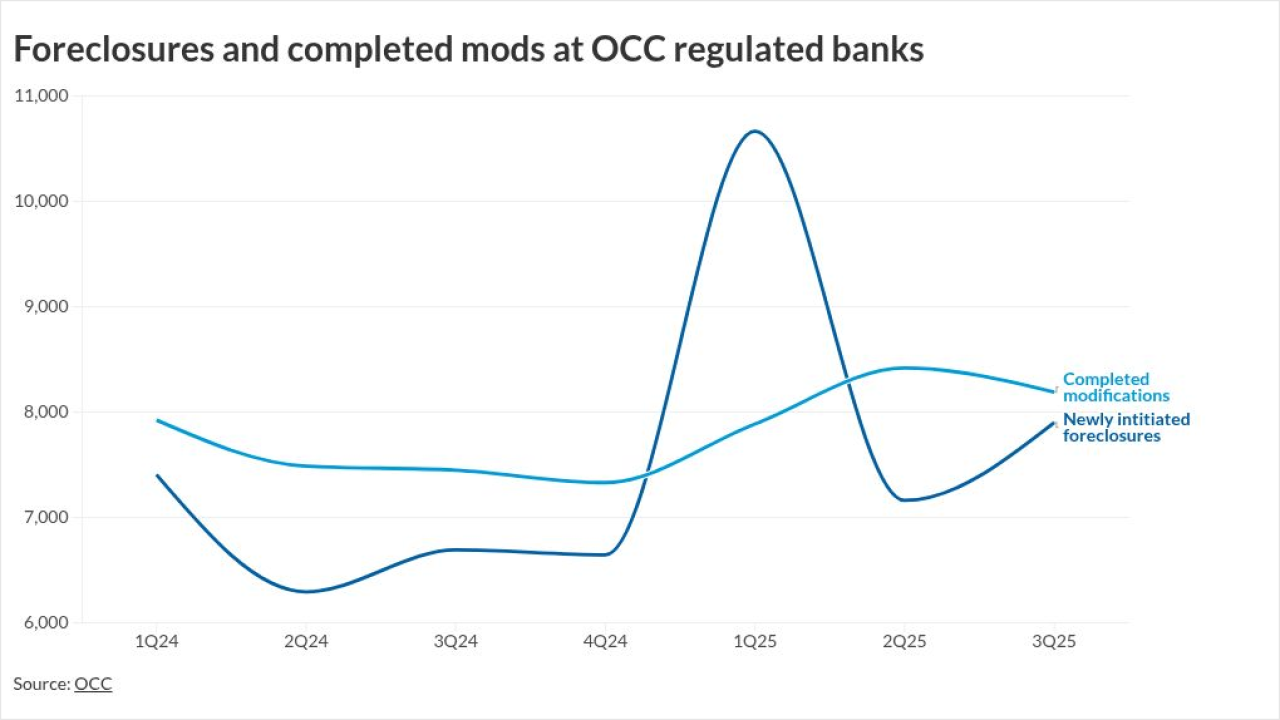A successful electronic mortgage transaction requires three key factors: recordability, insurability and marketability. Combined, these factors form the basis of a loan's e-eligibility, an important, though less tangible, element of e-mortgages. Determining how "e" a transaction can be entails lenders to untangle the intersection of these factors by understanding not only investor, insurer and regulatory requirements but also how officials within these groups interpret and apply those in regards to digital mortgage acceptance.
At the federal level, the Electronic Signatures in Global and National Commerce (also known as ESIGN) Act is the main piece of legislation that impacts eEligibility, allowing for widely accepted activities such as e-signatures, e-consent and e-elivery, and it is rarely, if ever, challenged. However, Fannie Mae and Freddie Mac also reside at the federal level of the eEligibility equation in terms of scope, and as such, lenders must be cognizant of e-eligibility for the loans they plan to sell to the GSEs. This includes adherence to newly
Insurability spans the spheres of national and state requirements. A title underwriter may be understandably
Moving to the state level, the degree of complexity in determining e-eligibility only increases. For example, the
However, notaries are also regulated at the state level by the Secretary of State office or its equivalent. Each of these offices issues rules to guide commissioned notaries in how to conduct notarial acts within that state. If rules governing e-notarization do not exist, the result is a scenario where e-notarization is authorized but not defined, as is the case in the 16 U.S. states that have adopted UETA but have not passed and/or enacted permanent e-notarization/ RON legislation.
Section 17 of UETA adds further complexity by allowing each government agency to decide for themselves whether and to what extent they will rely on electronic records and signatures. Thus, even if the state has enacted UETA and the notary regulator has provided guidance regarding e-notarization, other agencies, such as
The potential e-eligibility conflict between state and local officials is a real concern for lenders as the ultimate goal is to be able to sell their loan to an investor. To do that, the loan must have a lender's title policy accompany it, and the security instrument for the transaction must be recorded in the county's or recording jurisdiction's land records. To be recorded, documents must be notarized. Thus, even if a lender is approved to sell e-notes to the GSEs, integrated with the
There are also times when the decision to accept electronically executed documents is out of the recorder's control. In some locations, there may be a mortgage tax that is collected by another government agency. If that agency does not accept electronic submissions, the recorder may have little influence on the matter, and the security instrument will need to be presented in paper. Elsewhere, it is a legacy policy decision by the recorder, where e-recording was initially allowed for certain document types but never expanded to include other document types. Fortunately, these cases are rare, but when they do occur, they can create havoc for the unprepared lender.
These examples illustrate how determining e-eligibility is rarely a simple "yes or no" proposition. Given the need to balance the inevitability of digital mortgages with the stark reality of ensuring a loan is recordable, insurable and marketable, e-eligibility must play a prominent role in lenders' digital mortgage strategies, yet many lenders are not appropriately staffed or equipped to manage this kind of undertaking. Thus, lenders should seek out appropriate subject matter experts in this regard to assist them in making these determinations to ensure their operations are as "e" and as compliant as can be.




